Ashish Bharati: The Trailblazer of Nepali Motorsports – The Himalayan Times – Nepal’s No.1 English Daily Newspaper
KATHMANDU, OCTOBER 15
When Ashish (Roni) Bharati stood atop the podium at the Sri Lanka Karting Circuit in Colombo late last month, the Nepali flag soared with him – for the first time in the history of the FIS Asia Pacific Motorsports Championship. Competing in the Auto Gymkhana discipline, Bharati clinched a historic gold medal in the event held from September 26-28.
Bharati’s fascination with speed began in childhood. He grew up watching Formula One races on television and often went on long drives with friends, once even driving 22 hours straight from Nepal to India. His profession also aligned with his passion – as a mechanical engineer at the Morang Auto Works, he often got opportunities to test drive different vehicles.
Many of these drives were long-route and high-speed runs meant to check the technical performance of the vehicles the company sold in the market. Those experiences, he says, sharpened his driving instincts and deepened his understanding of vehicle mechanics.
Bharati described the triumph as the outcome of a collective effort rather than an individual feat. He said the historic achievement was the result of years of struggle by the entire Nepali motorsports community.
Having pursued this goal for more than a decade, he believes the time has come to make motorsports in Nepal more organized, as the country has now reached a stage where it can not only participate but also win at the international level. A total of 204 competitors from 18 countries, including five from Nepal, participated across various categories of the championship.
His first exposure to competitive racing came in 2014 while studying mechanical engineering in the Philippines. After returning home, he began working actively in Nepali motorsports from 2016. He earned his place in the Asia Pacific Championship by winning the Bagmati Auto Gymkhana competition and has since represented Nepal in Thailand (2018), Indonesia (2019), and Malaysia (2023) before striking gold in Sri Lanka this year.
However, the path to success has not been easy. Bharati expressed dissatisfaction over the lack of support from the Nepal Automobiles Sports Association (NASA), saying the organization has not done enough to develop athletes or infrastructure. Nepal, he noted, still lacks a dedicated practice circuit or track, forcing athletes to rely on driving centers for training. He had gone to Sri Lanka without a single practice session and believed Nepali drivers could perform far better internationally if proper training facilities were available.
Balancing training with livelihood is another major challenge. “I could reach this stage only because of my family’s constant support,” he said, adding that while motorsports is not excessively expensive, maintaining vehicles requires regular expenses on modifications and spare parts such as tires and clutch plates.
Having achieved Nepal’s greatest milestone in motorsports to date, Bharati now aims to compete in more international events and bring further glory to the country. He hopes Nepali racers will one day leave their mark at the world level but insists that technical development and proper preparation are essential to reach that goal.
As Bharati’s gold medal glistens, it symbolises both personal triumph and a new chapter for Nepali motorsports – one fuelled by determination, endurance, and the dream of racing alongside the world’s best.
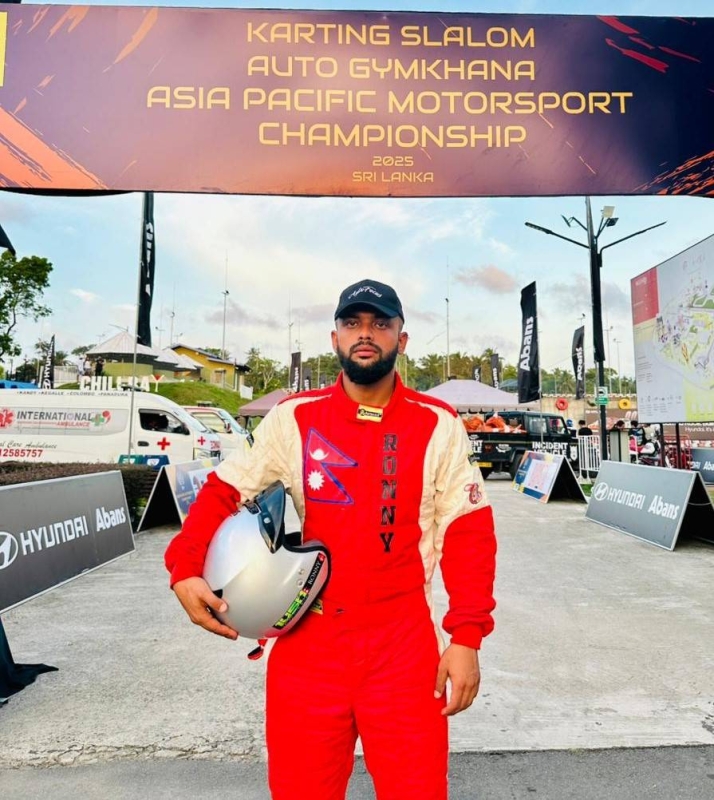




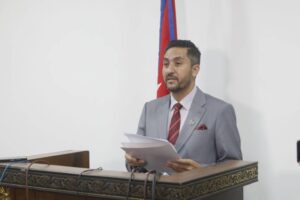
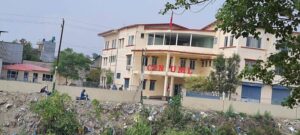


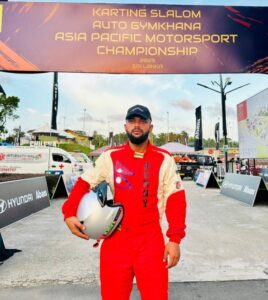
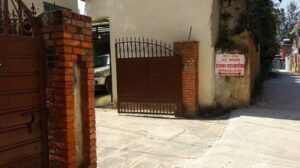
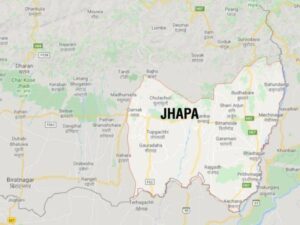


Post Comment